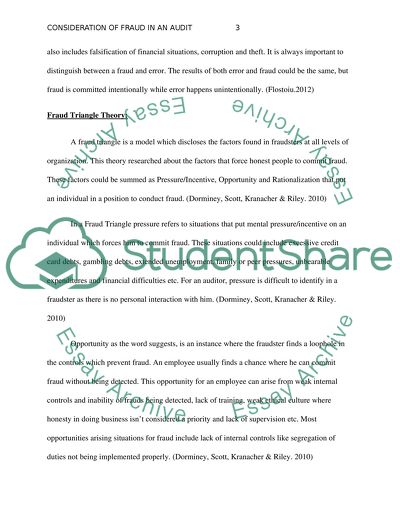Cite this document
(“Concideration of fraud in an audit Research Paper”, n.d.)
Concideration of fraud in an audit Research Paper. Retrieved from https://studentshare.org/finance-accounting/1460521-concideration-of-fraud-in-an-audit
Concideration of fraud in an audit Research Paper. Retrieved from https://studentshare.org/finance-accounting/1460521-concideration-of-fraud-in-an-audit
(Concideration of Fraud in an Audit Research Paper)
Concideration of Fraud in an Audit Research Paper. https://studentshare.org/finance-accounting/1460521-concideration-of-fraud-in-an-audit.
Concideration of Fraud in an Audit Research Paper. https://studentshare.org/finance-accounting/1460521-concideration-of-fraud-in-an-audit.
“Concideration of Fraud in an Audit Research Paper”, n.d. https://studentshare.org/finance-accounting/1460521-concideration-of-fraud-in-an-audit.


